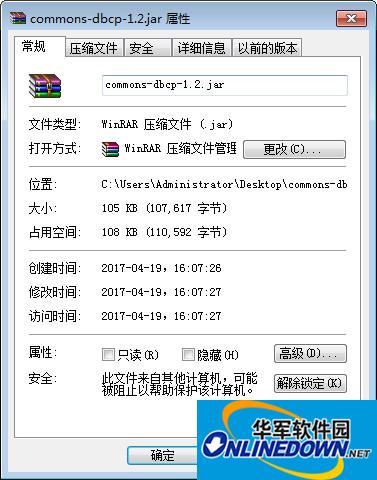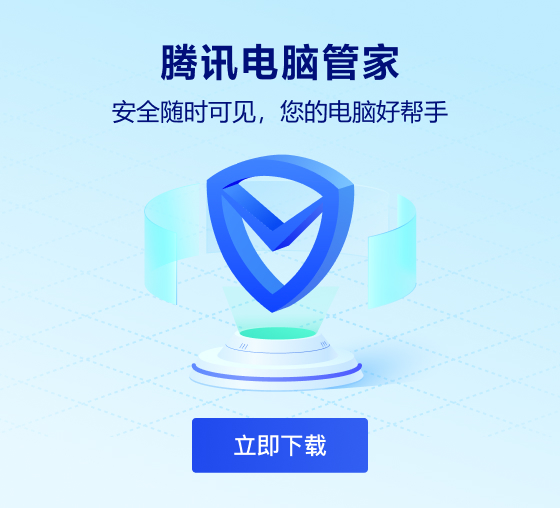
Basic introduction
One of the mainstream database connection pools (DBCP, c3p0, proxool). To use DBCP alone, you need to use the three packages commons-dbpc.jar, commons-collections.jar, and commons-pool.jar.
How to use
1. First create a folder under the project to save our jar package. Right-click on the project name and click [New]-->[Floder] to open the new folder window.
2. Enter the folder name [lib] and click [ok]. We usually store jar packages imported from outside in the lib folder
3. Find the jar package we want to introduce, select the jar package with the mouse, then hold down the left mouse button and drag the jar package to the lib folder. Or copy the jar package first, then right-click on the lib folder and select copy. At this time, open the selection box, select the default [copy files], and click [OK] to close. Then we can see the jar package we copied successfully in the lib folder.
4. At this time, the jar package has only been copied to the project and cannot be used yet. We then right-click on the project name and select [Build Path]-->[Configure Build Path...].
5. In the window that opens, first select the [Libraries] page, and then click [add JARs...] from the button on the right.
6. In the window that opens, we expand the project and lib folders of this project in turn, then select the jar package we just copied to the project, and then click [OK] to close the window.
7. At this time, we can see the name of the jar package we introduced in the [Libraries] page we just opened. Click [OK] to confirm.
8. At this point, in Eclipse, we can use this jar package.
































Useful
Useful
Useful